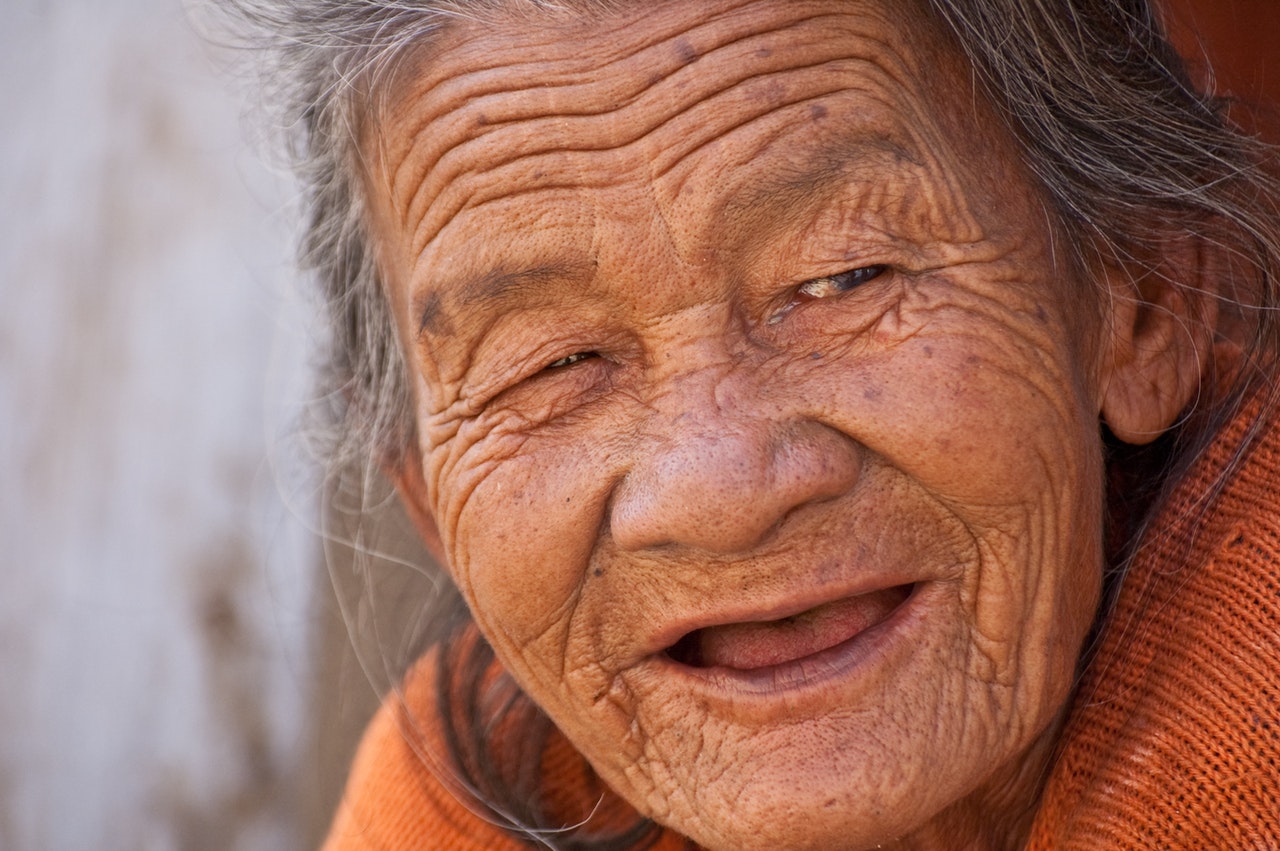Falls are frequent and expected with the elderly. Unfortunately, falls can result in injuries like wrist fractures, head injuries, hip injuries and dislocations. Falls that occur can sometimes prove to be fatal. Falls happen for many reasons, including cognitive impairment, medical history, environmental hazards and gait disorders, just to name a few.
We must implement preventative measures to lower the chances of elderly people falling, especially those who identify as being high risk. The actions we can take can include safety equipment in wet areas, grab rails, hip protectors and mobility aids. We still need to ensure we remove other hazards in all areas like clutter, cords and floor rugs.
Here is some equipment that can be used to prevent falls and lessen their impact:
Hip protectors
Each year, many elderly individuals fall and suffer hip fractures. Hip fractures are common and are the top cause of ill health and mortality in elderly people. Hip fractures can turn the lives of people upside down, with some not able to regain the mobility they had before the fall occurred. Once independent people living at home suffer a fall that results in a hip injury, they often become dependent on the assistance of others and sometimes need help from a caring facility.
The risk of falls and hip fractures will increase with age, especially for those who suffer osteoporosis, a widespread condition causing brittleness of the bones. Hip protectors are a great way to lower the chance of suffering a hip fracture when a fall occurs.

Hip protectors are foam pads that fit into the side pockets of specially designed pants that go over the underwear. The protectors help to absorb the impact and diffuse the force from being on top of the hip bone. For those who have low body weights, it is recommended to wear these, as these individuals will have less padding around their hips. Those who are suffering osteoporosis should be wearing hip protects as they have a bigger chance of suffering a bone fracture if they fall.
Chair alarms, nursing call systems and beds
It can be hard for nurses to keep an eye on each individual in their care, especially those who are confused and are most likely to get up unexpectedly and unassisted. A bed or chair alarm can be a simple way of monitoring the elderly without using physical restraints and medication. Response systems are a way to monitor safely, bringing in an alarm that sounds when an individual moves. Many systems have a pressure sensor that is activated when someone starts to move from the bed or a chair. Ward practices will need to accommodate for these as staff need to respond when an alarm sounds off.
There is plenty of equipment available to help lower the risk of falls, and these include:
- Hip protectors
- Bed rails
- Slip-resistant flooring
- Bed raisers
- Shower chairs
- Bath boards
- Commodes
- Shower trolleys
- Hoists
- Slings
- Lifting and transferring aids
- Walking frames
- Walkers
- Chair raisers
- Shower trolleys
Aged facilities already have these, but if you are caring for someone at risk of falling or injury, check with your local doctor about the services that are available to you. Depending on the circumstances some services and assistance aids come at no cost, some can even be hired if you don’t intend on using them for long. Falls prevention training is essential to help to prevent falls and injury. It is essential to train friends and family members about how to minimise risks to provide peace of mind for the elderly and their loved ones.




